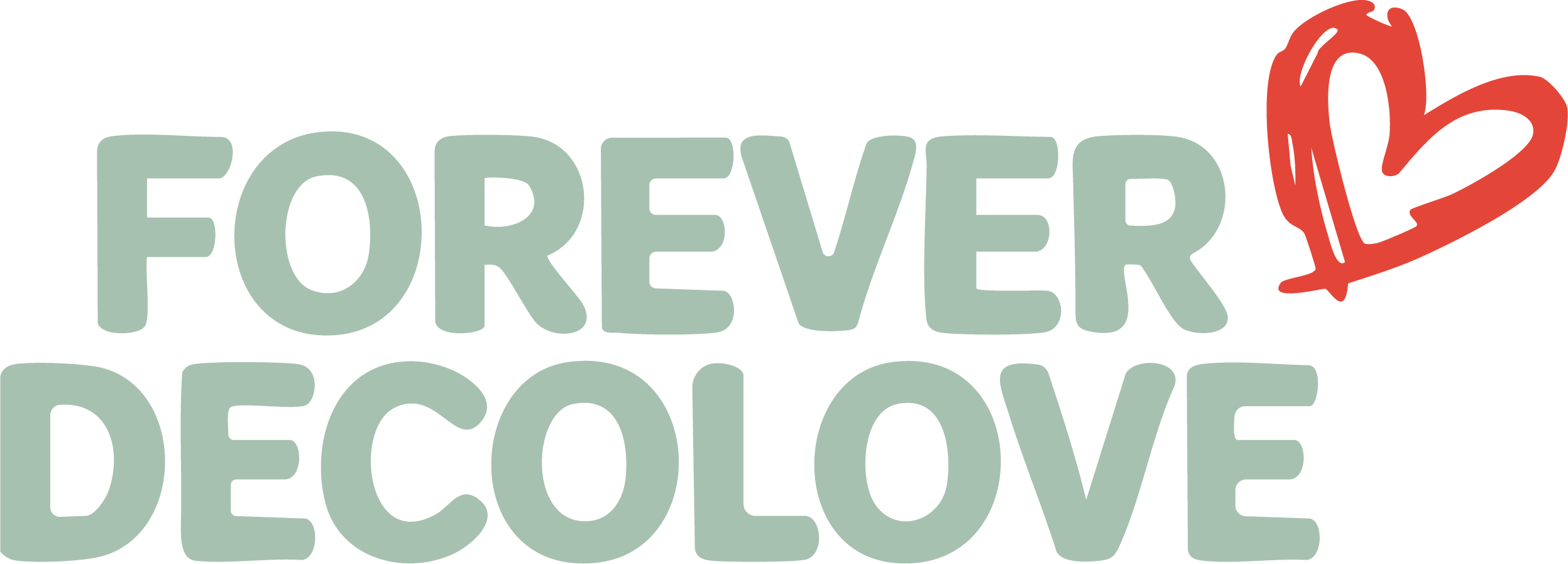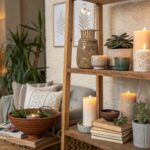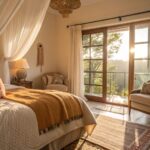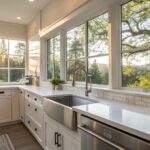In the world of design, nothing elevates a space quite like the thoughtful combination of different materials. Whether you’re renovating your kitchen, refreshing your living room, or transforming your garden, mixing materials creates depth, interest, and that coveted designer look—all without requiring an unlimited budget. This guide will show you practical approaches to combining textures, finishes, and materials that create stunning spaces while keeping costs in check.
Understanding the Art of Material Mixing
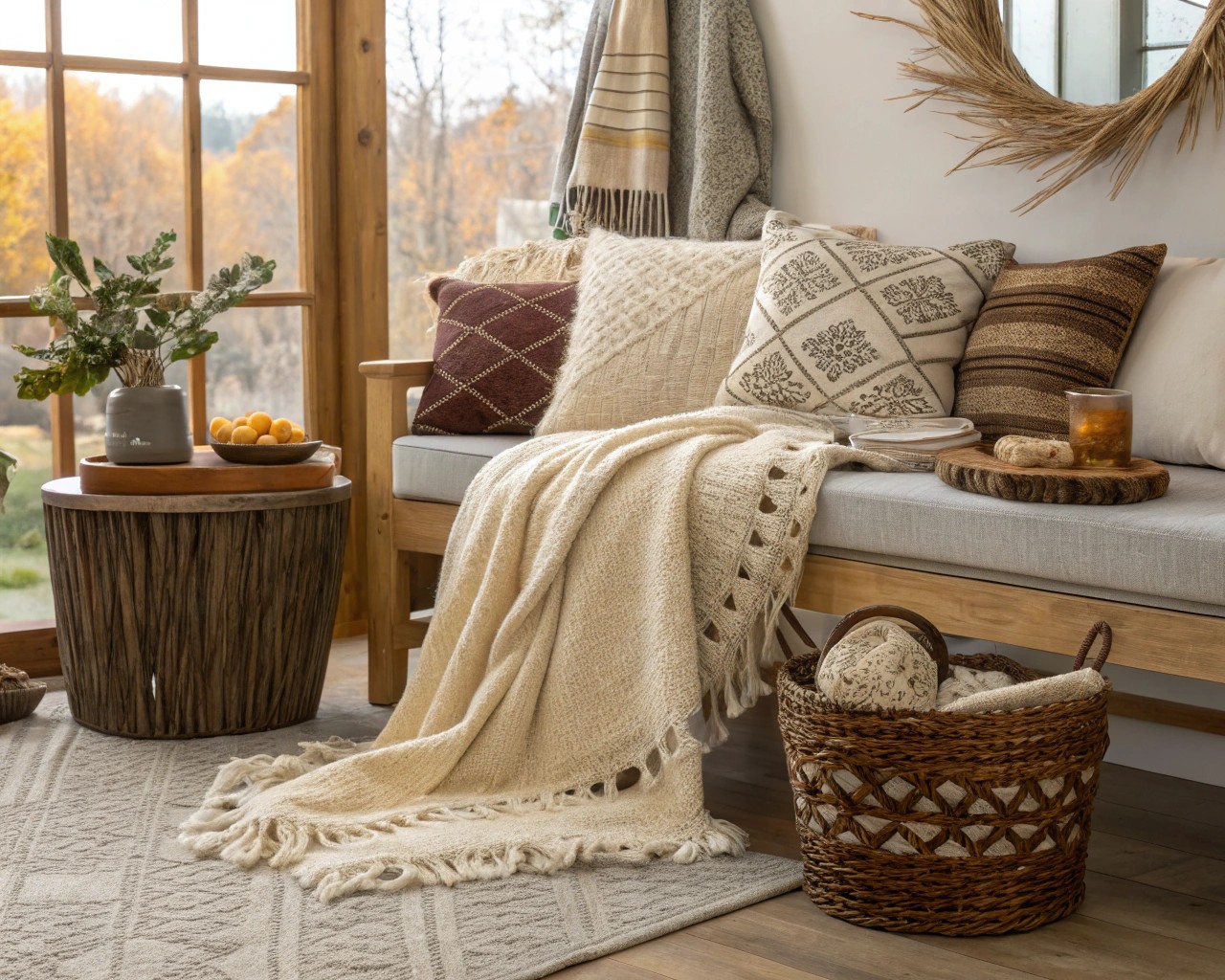
Every material possesses its own unique energy and character. The real magic unfolds when different materials are brought together thoughtfully, making spaces feel more dynamic, engaging, and personal. Through years of designing both residential and commercial environments, I’ve observed that the most compelling interiors invariably feature a deliberate blend of materials that establish compelling visual dialogues.
Key Principles for Successful Material Mixing

1. Balance and Contrast
Achieving the right balance while creating sufficient contrast is paramount when mixing materials. This contrast is what makes a space interesting. For example, pairing sleek metal finishes with the rough texture of wood surfaces introduces a captivating visual tension that draws the eye without overwhelming the overall design.
2. Scale and Proportion
When integrating various materials, pay close attention to their physical size relative to the dimensions of your space. Heavier materials, such as stone or concrete, should be counterbalanced with lighter elements like glass or slender metal profiles. Maintaining proper proportion ensures that no single material visually dominates the room.
3. Foundation First
A key strategy for successful material mixing is establishing a foundation. Select a primary color or material to be predominant, providing a cohesive canvas upon which other elements can be layered. This approach ensures visual coherence while still allowing for creative and diverse combinations.
4. Texture Variety
Texture introduces depth and tactile appeal to any room. By combining smooth surfaces with rougher textures, you can cultivate a more dynamic and inviting atmosphere. In a recent mountain home project, we achieved this by contrasting smooth concrete floors with rough-hewn wooden beams and soft linen upholstery—this juxtaposition made each material stand out more effectively.
Budget-Friendly Materials That Make an Impact
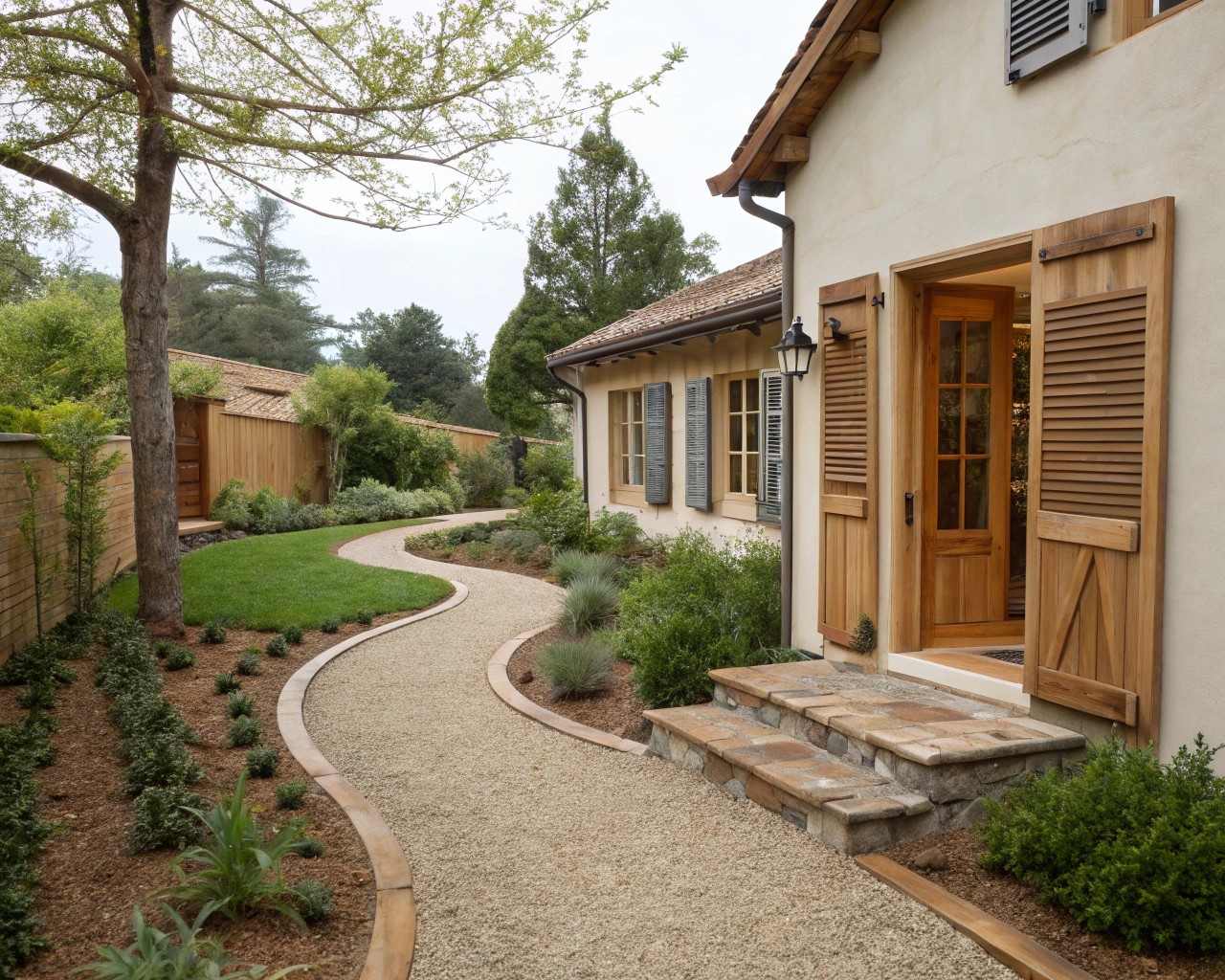
Not all materials require a significant investment to make a strong design statement. Here’s a breakdown of affordable options that deliver maximum visual impact:
Table: Cost-Effective Materials and Their Applications
| Material | Cost Range | Best Applications | Visual Impact | Durability |
|---|---|---|---|---|
| Gravel | $20-50/ton | Paths, driveways, garden beds | Moderate | High |
| Mulch | $2-6/bag | Garden beds, plantings | Moderate | Low-Medium |
| Pallet Wood | $0-5/pallet | DIY projects, garden structures | High | Medium |
| Concrete Pavers | $2-5/sq ft | Patios, walkways | High | Very High |
| Mixed Metal Finishes | Varies | Hardware, lighting, accents | High | High |
| Decorative Tile (mixed) | Varies | Feature walls, backsplashes | Very High | High |
Natural vs. Synthetic Options

When choosing materials, prioritizing natural options often leads to a more high-end appearance. Materials like cotton, linen, marble, and wood possess an inherent quality and timeless appeal that synthetic alternatives frequently struggle to replicate. Nevertheless, high-quality synthetics can serve as excellent choices, particularly for outdoor applications or areas susceptible to moisture.
Strategic Splurging: Where to Invest vs. Save
In any design project, certain elements warrant a higher investment due to their visibility, frequency of use, or central role in the overall aesthetic.
List: Items Worth the Splurge
- Quality flooring – As a foundational element, good flooring significantly impacts your space’s overall feel
- Focal furniture pieces – Items like sofas, beds, or dining tables that anchor your rooms
- Statement lighting – A distinctive fixture can elevate an entire space
- Kitchen countertops – Particularly in visible areas like islands
- Quality textiles – Well-made curtains, rugs, and upholstery fabrics
Where to Save
- Accent pieces and accessories – These can be refreshed seasonally without major investment
- Secondary furniture – Side tables, occasional chairs, and supplementary pieces
- Trend-driven elements – Items likely to be replaced as styles change
- Behind-the-scenes components – Areas rarely seen or touched
- DIY opportunities – Projects you can confidently execute yourself
I’ve seen incredible success with the “high-low” approach in client homes. One client splurged on a custom leather bed (over $8,000) but saved by using vintage nightstands purchased for under $100 and refinished with fresh paint. The result was a sophisticated bedroom that looked far more expensive than its actual cost.
Room-by-Room Material Mixing Guide
Living Spaces
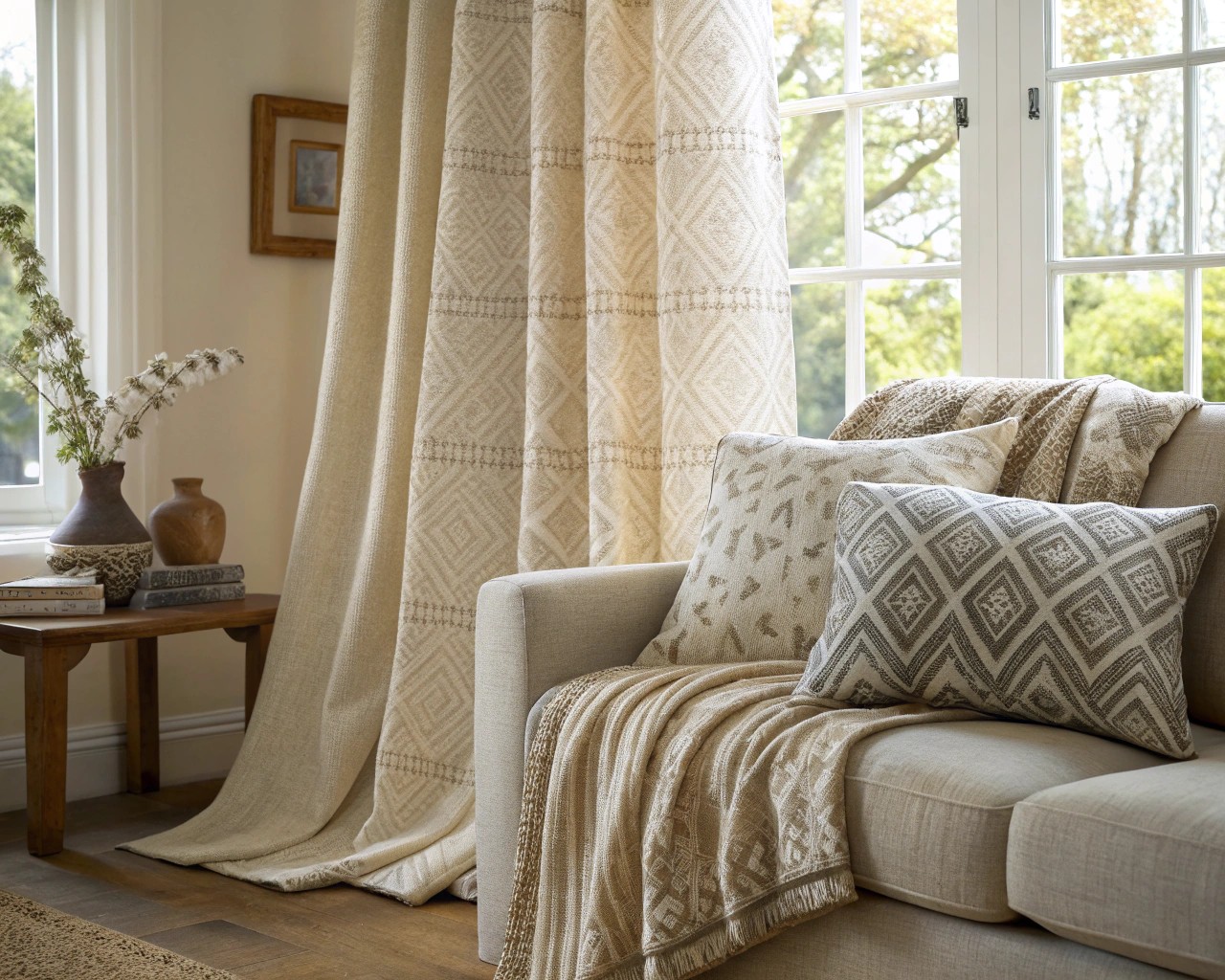
Living rooms and family areas benefit enormously from thoughtful material mixing:
When incorporating metals into living spaces, it’s helpful to select a dominant finish to establish the primary tone. For example, if stainless steel is chosen as the main metal, consider introducing matte black accents through elements like light fixtures or cabinet hardware. This creates a complementary yet distinct visual relationship between the finishes.
In terms of textiles, layering different fabrics adds significant depth. Imagine combining linen curtains, a wool rug, leather seating, and cotton accent pillows—this variety engages both the visual and tactile senses.
Kitchens and Bathrooms
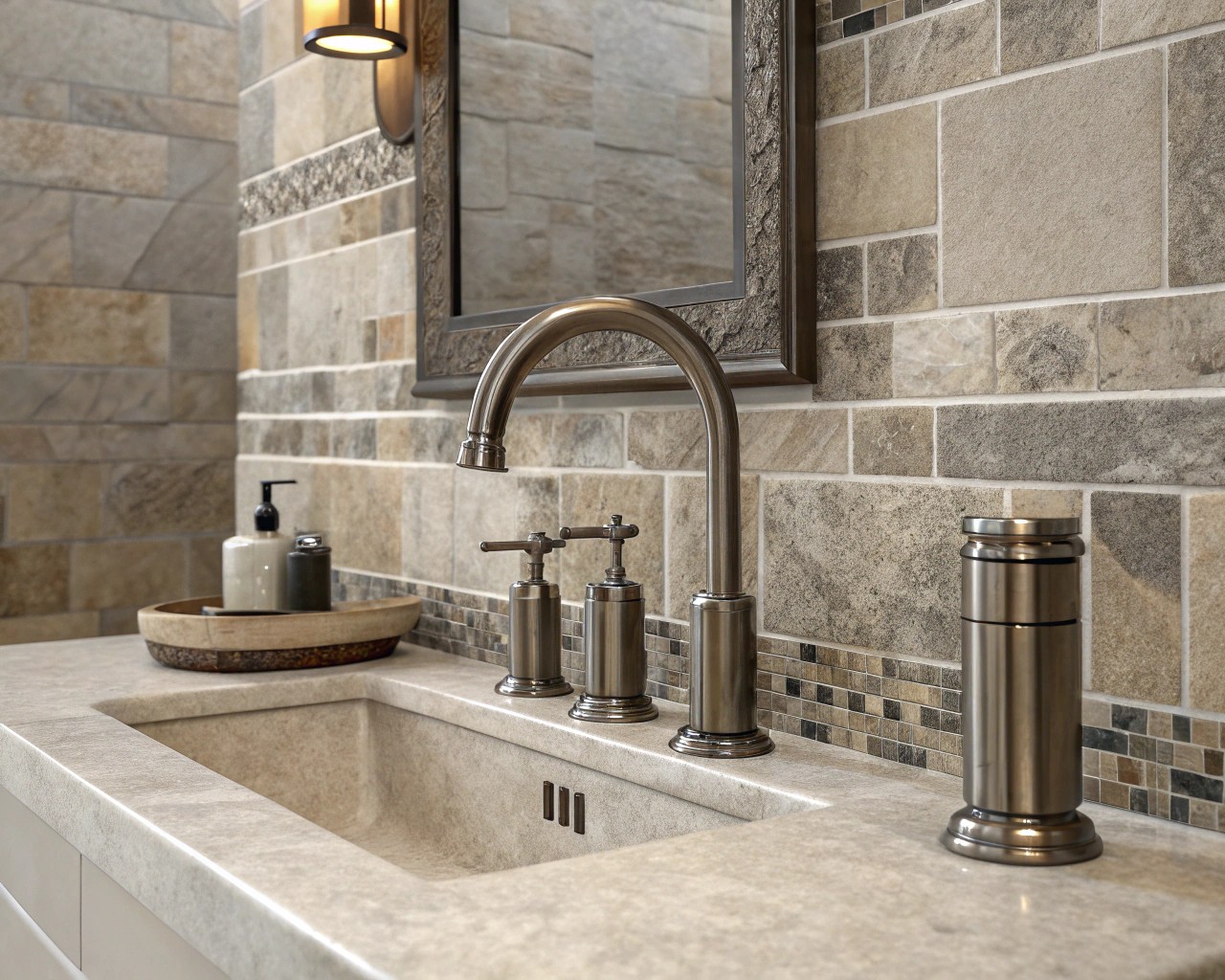
Kitchens and bathrooms present excellent opportunities for material mixing:
“In tile selection, you don’t need to confine yourself to just one type,” explains designer Shalini Misra. “The floor is the easiest place to start. I love stone, particularly patterned stone, for a modern entryway and wood in other rooms”.
Consider combining different countertop materials, such as stone for the perimeter counters and wood for an island, or mixing cabinet finishes, like painted perimeter cabinets contrasted with a wood island. When choosing metal finishes, establish a primary metal to anchor the design scheme, then introduce complementary metal accents for depth.
Outdoor Spaces
Gardens and outdoor living areas offer vast possibilities for material mixing:
One highly effective strategy involves mixing different paver patterns with gravel and strategic planting. Garden designer Christine Wilford highlights the multiple advantages of this approach, noting that breaking up solid paved areas not only saves money but also benefits the environment by creating permeable surfaces that allow water to drain naturally.
There’s no need to stick to a single type of paver, regardless of garden size. For an attractive garden, mixing pavers works well and presents opportunities to acquire smaller quantities of pavers or sleepers affordably, perhaps through sales or as job leftovers.
DIY and Upcycling Approaches
Transform What You Already Have
Before shopping for new materials, take a fresh look at items you already own:
- Repaint existing furniture for an instant refresh
- Recover cushions and pillows with new fabric
- Repurpose items for different functions
- Update hardware on cabinets and furniture
- Frame meaningful items as wall art
Sources for Affordable Materials
Finding quality materials doesn’t necessarily require a large budget when you know where to look:
- Architectural salvage yards
- Construction site excess (with permission)
- Remnant sections at stone yards and tile shops
- Online marketplaces for second-hand items
- Discount and surplus building material outlets
- Seasonal sales at home improvement centers
Utilizing local resources often proves to be an excellent budget-friendly design strategy. For instance, fallen leaves and grass clippings can serve as free mulch, and collecting rainwater in a barrel provides cost-effective garden irrigation.
Real-World Examples and Client Stories
Case Study: Modern Zen Garden Transformation
A recent client sought to transform their uninspiring backyard into a calming, modern retreat without incurring significant expense. We designed a simple hardscape walkway as the structural foundation, then incorporated Mexican beach pebbles along the edges to frame planting areas filled with mulch.
This combination of materials—pavers, decorative stone, and mulch—created visual interest while adhering to the budget constraints. For the plantings, hardy evergreens suitable for the client’s climate zone were selected, including white pine and Colorado spruce, complemented by strategic accent plants for seasonal color. The entire project was successfully implemented by the client DIY-style for under $3,000.
Before & After: High-Low Living Room
One young family approached me with a modest budget, aiming to create a living room that felt both sophisticated and comfortable. We implemented a strategic high-low approach:
- Invested in a quality sofa ($2,500) expected to last 10+ years
- Paired it with budget-friendly side tables sourced from a discount store ($150)
- Added significant visual impact through an affordable yet distinctive area rug
- Mixed in vintage brass accessories discovered at thrift stores
- Incorporated DIY art displayed in standard ready-made frames
The outcome was a cohesive, designer-looking space achieved for under $4,000. The careful mixing of materials created depth and interest that effectively belied the project’s modest budget.
Mixing High-End Pieces with Budget Finds
Blending high-end items with more budget-friendly pieces is a skillful technique that enables a luxurious interior design aesthetic without breaking the bank. The key lies in strategically deciding which items warrant investment as statement pieces and which can be sourced more affordably.
Tips for a Cohesive Look
-
Invest in Quality Where It Counts: Prioritize durable, high-quality construction for furniture that endures heavy use, such as sofas and beds.
-
Accessorize Wisely: Leverage affordable accessories to introduce trendy colors, varied textures, and interesting patterns seasonally.
-
Consider Materials: Favor natural materials like cotton, linen, marble, or wood—even in budget-friendly pieces—to maintain a higher-end look.
-
Shop Second-Hand: Explore vintage shops and second-hand stores; they can be treasure troves for unique, character-rich pieces at affordable prices.
-
Balance Visual Weight: Ensure harmony between high-end and budget items by maintaining similar visual weight and proportions throughout the space.
I’ve found that vintage stores and online marketplaces often yield incredible finds. Last month, I discovered a solid brass coffee table at a thrift store for $40 that looks identical to a designer piece selling for over $1,200. Placed in a client’s living room alongside their investment sofa, visitors can’t tell which piece was the splurge and which was the save.
Common Mistakes to Avoid
Overwhelming Spaces
One frequent misstep is incorporating too many disparate materials within a single space, leading to visual chaos rather than harmonious contrast. Adhere to the “less is more” principle when blending materials and finishes. It’s better to select a few elements that harmonize well than to crowd the room with an excessive number of competing textures and styles.
Poor Material Combinations
Not all materials complement each other effectively. Be mindful of potential clashes, such as:
- Materials with conflicting undertones (e.g., pairing yellow-toned wood with cool-toned stone)
- Mixing an abundance of patterns without sufficient solid-colored areas for visual relief
- Combining materials that possess vastly different maintenance requirements, leading to practical difficulties
Budget Pitfalls
When managing budget constraints, be cautious of these common errors:
- Opting for the cheapest available option for every item, rather than strategically investing in key pieces that offer longevity or high impact
- Overlooking the long-term maintenance requirements of materials, which could necessitate premature replacement and additional costs
- Purchasing overly trendy materials that risk appearing dated relatively quickly
- Underestimating the required quantities of materials, potentially resulting in higher costs for small supplementary orders later on
